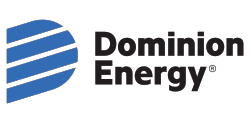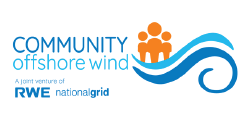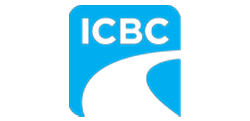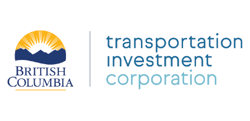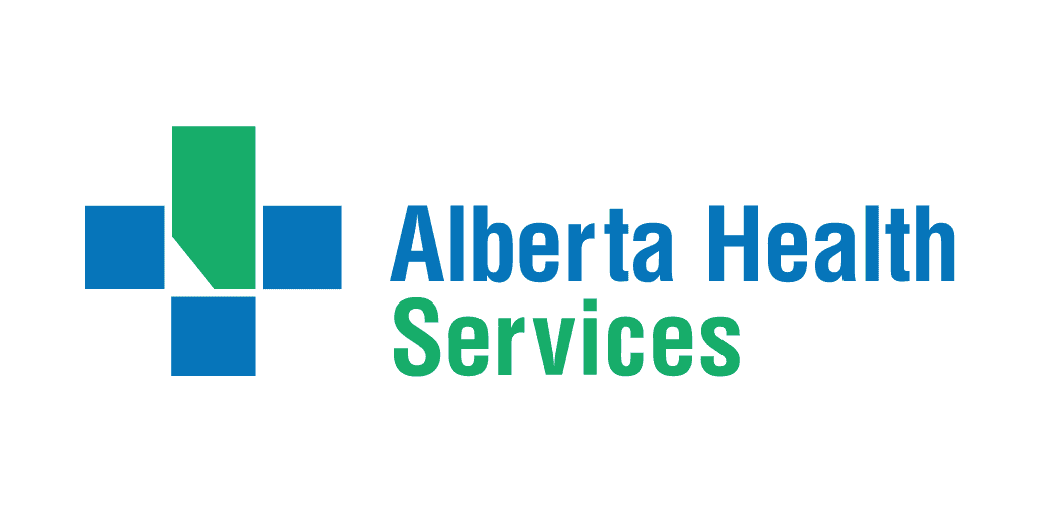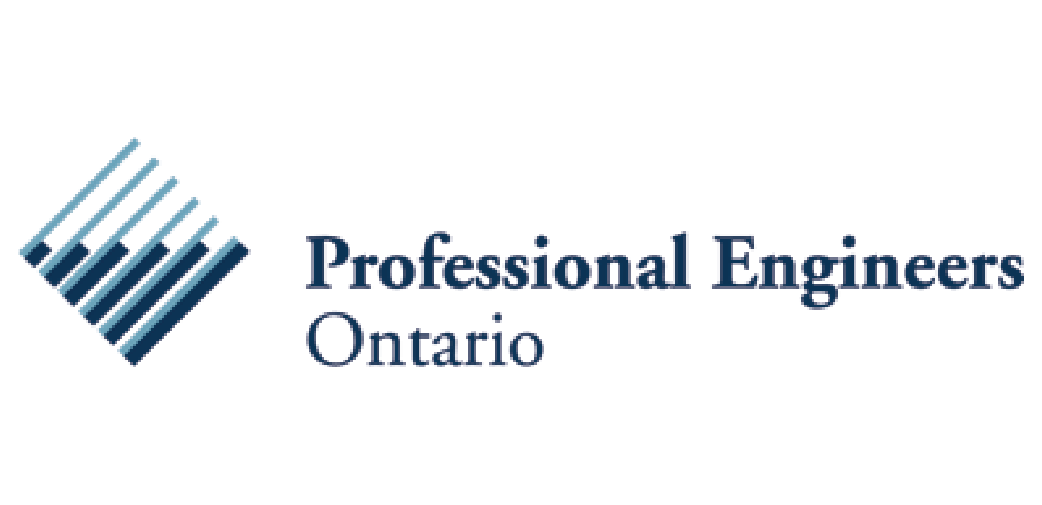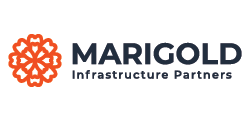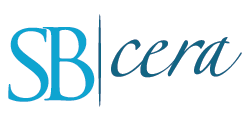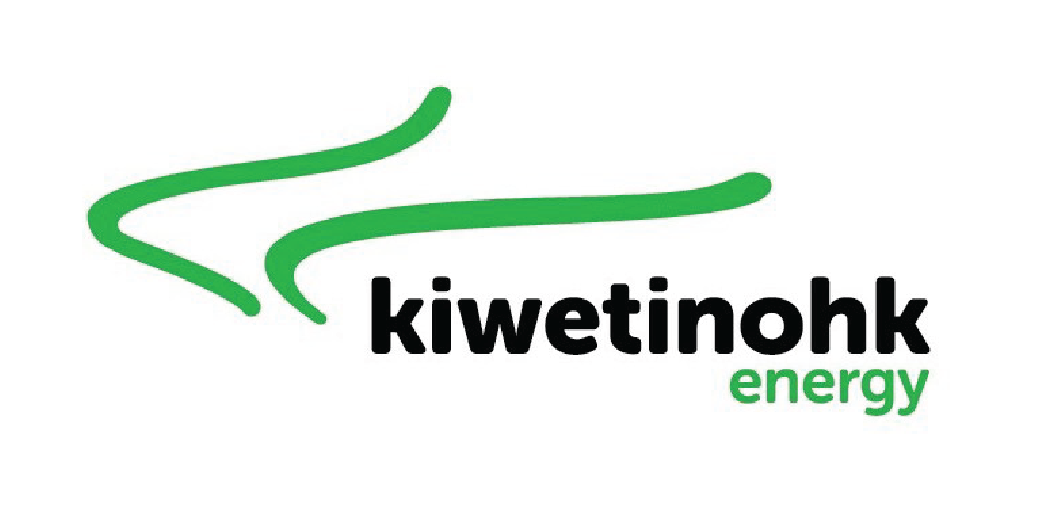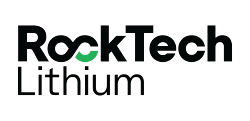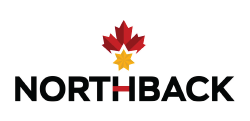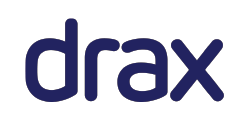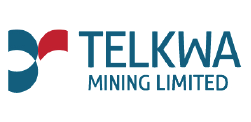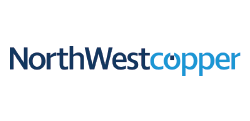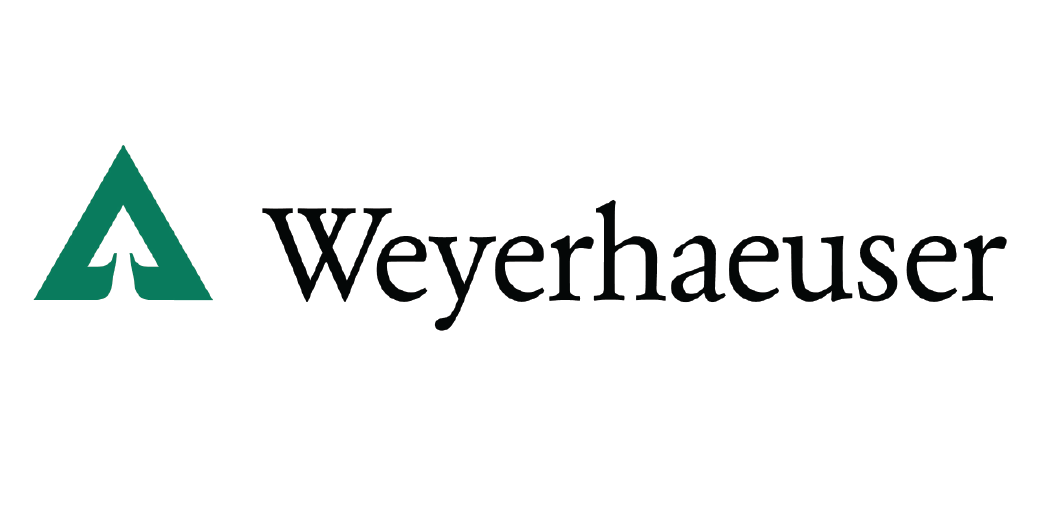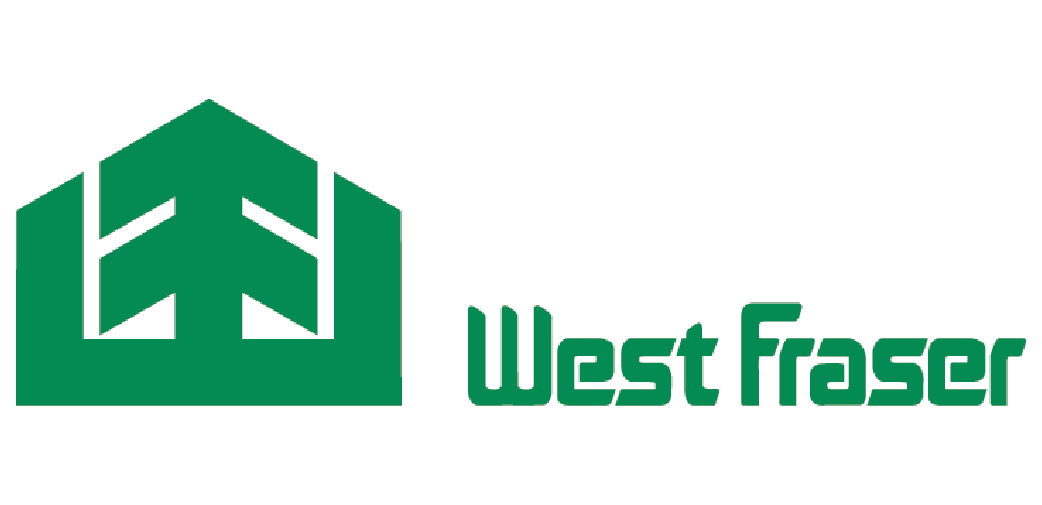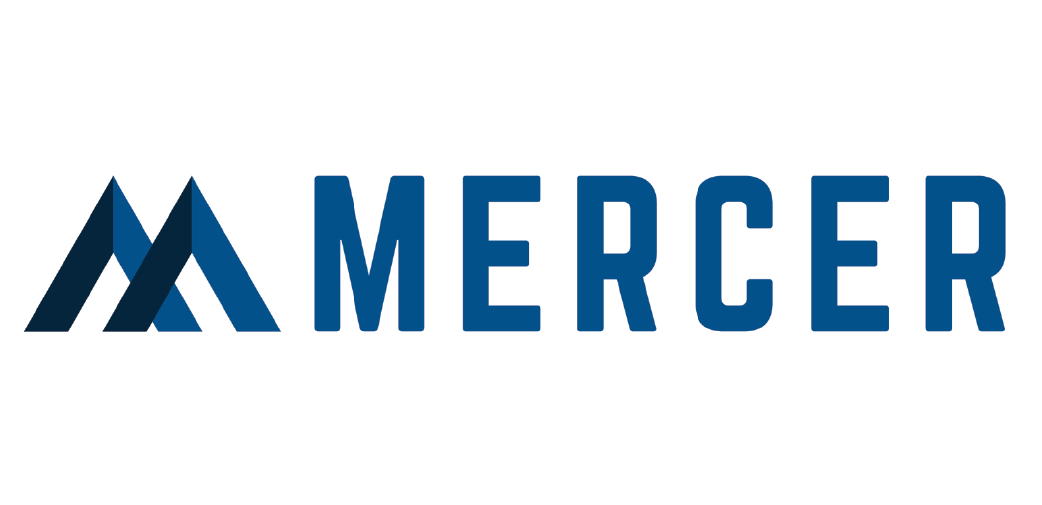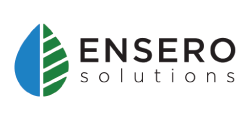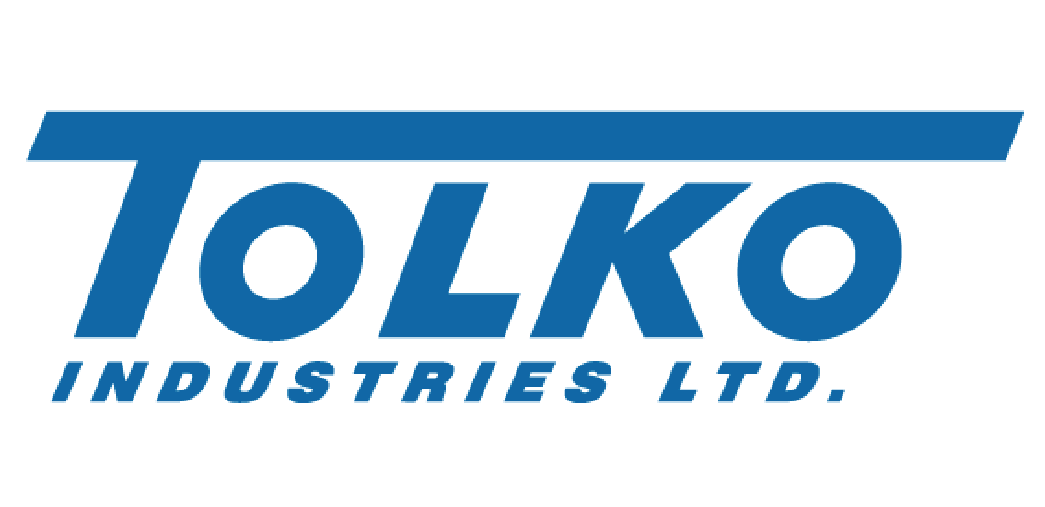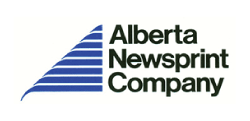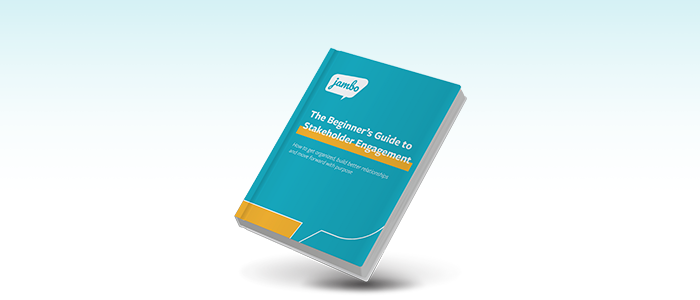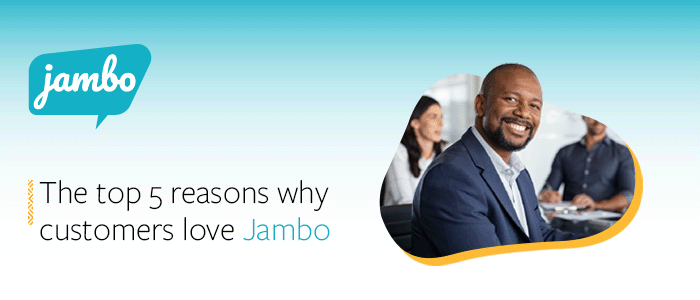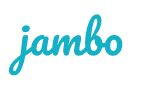1. What is stakeholder engagement software?
Stakeholder management software is a specialized digital tool designed to help organizations identify, track, engage with, and manage their stakeholders throughout the lifecycle of a project or ongoing business operations.
Some of the things you can do in stakeholder management software include:
Centralizing stakeholder information: The software is a central hub for storing detailed information about all stakeholders, including their contact details, interests, level of influence, concerns, and communication history.
Tracking engagement: It enables organizations to log every interaction and communication with stakeholders, track commitments and requests, and maintain a searchable, auditable record of engagement.
Analysis and reporting: The software often provides tools for analyzing stakeholder sentiment, mapping influence and interest, measuring engagement effectiveness, and generating reports to demonstrate compliance, due diligence, or inform strategy.
Strategic planning: Stakeholder management software supports the planning and execution of engagement strategies, including risk identification and mitigation and ensuring that the right people are consulted at the right time.
Collaborating and increasing efficiency: It facilitates collaboration within teams by providing visibility into ongoing stakeholder engagement activities, reducing duplicate work, speeding up reporting, and helping maintain continuity in communications.
2. What is stakeholder engagement, and why is it important?
Stakeholder engagement is a structured, ongoing process for identifying the people and groups who affect or are affected by your project, understanding their interests, and building two-way relationships. It includes stakeholder mapping and prioritization, planning, clear communication, feedback collection, and continuous relationship management. A strong engagement plan sets out who you will engage, how and when you will communicate, what you will ask, and how you will follow through.
Why is it important?
- Builds trust and transparency by keeping stakeholders informed and heard.
- Improves decisions by surfacing local knowledge, risks, and opportunities you might otherwise miss.
- Reduces conflict and project risk through early issue identification, clear commitments, and consistent follow-up.
- Aligns key stakeholders with your strategy so they become advocates for your mission and goals.
- Strengthens long-term viability for initiatives with social, environmental, or public-facing impacts.
Stakeholder engagement helps organizations move from reactive outreach to proactive collaboration, creating better outcomes for everyone involved.
3. How does stakeholder engagement software improve stakeholder engagement?
Stakeholder engagement software improves stakeholder engagement by making the process more organized, transparent, and effective. The software ensures every interaction, concern, and commitment can be recorded and linked to individual profiles. This ensures no input is lost, teams stay aligned, and communication with stakeholders is consistent and professional.
Beyond recordkeeping, the software enables deeper engagement by showing stakeholders that their voices matter.
Teams can easily track issues, follow through on commitments, and report back on how input shaped decisions. This level of accountability builds trust, reduces conflicts, and encourages more participation.
Stakeholder engagement software helps organizations strengthen relationships and achieve better outcomes for projects and communities by simplifying workflows and making stakeholder engagement more meaningful.
4. How does stakeholder engagement software help create a stakeholder engagement plan?
Stakeholder engagement software helps organizations create and manage stakeholder engagement plans more effectively.
A stakeholder engagement plan outlines how an organization identifies, communicates with, and involves stakeholders throughout a project. While the plan provides the framework, defining the stakeholders, their expectations, and how communication should occur, stakeholder engagement software brings that plan to life.
By centralizing all stakeholder data in one platform, the software helps project teams map stakeholders, categorize them, track expectations, and maintain an organized record of every interaction. This ensures the engagement plan is actively applied and updated as the project evolves.
The software also supports accountability and consistency in executing the plan. Features such as communication tracking, reporting, and feedback mechanisms make it easier to follow through on commitments, share progress with stakeholders, and demonstrate compliance with regulations and standards like CSRD.
Instead of manually updating documents, teams can generate reports in seconds to show how stakeholder input has shaped decisions. This way, the software ensures that a stakeholder engagement plan is well-structured, actionable, transparent, and effective in building trust and avoiding delays.

5. Who uses stakeholder engagement software?
Stakeholder engagement software is used by teams that manage ongoing relationships with external audiences. Multiple colleagues need shared visibility into communications, the ability to segment contacts, coordinate events and updates, capture email and meeting history, and report on engagement activity. By aligning these capabilities with a clear stakeholder engagement strategy, organizations can ensure their interactions are purposeful, consistent, and tied to long-term goals.
Some of the organizations using stakeholder engagement software are:
- Governments: Policy, external affairs, regulatory, and communications teams manage consultations, briefings, correspondence tracking, public meetings, stakeholder registers, and audit trails.
- Infrastructure projects: Project owners, PMOs, and contractors handle community and landowner engagement, permits and commitments tracking, construction notices, grievance logs, and event RSVPs.
- Energy and utilities: Stakeholder relations, regulatory affairs, right-of-way, and emergency communications teams manage siting and hearings, indigenous and landowner engagement, outage notifications, incident tracking, and compliance reporting.
- Nonprofits and NGOs: Advocacy, partnerships, research, and comms teams coordinate coalitions and expert networks, run campaigns, send newsletters and invites, and track meetings and outcomes with consent management.
- Corporations: Public affairs, government relations, ESG and sustainability, community investment, and media relations map policymakers and influencers, coordinate outreach and briefings, manage events, and measure engagement across regions.
- Institutions: Healthcare systems and hospitals, universities, development banks and multilaterals, and industry associations and trade groups.
6. Why is stakeholder engagement software important?
Stakeholder engagement software helps teams in government and sectors such as infrastructure, energy and utilities, mining, and healthcare scale outreach, align stakeholders, and reduce risk. Project performance is closely tied to communication quality: on average, $135 million of every $1 billion in project spend is at risk, and 56% of that amount (about $75 million) is linked to ineffective stakeholder communications and information flow (Project Management Institute, The Essential Role of Communications, Pulse of the Profession, 2013).
Here's why stakeholder engagement software is essential to them:
- Builds trust and credibility: Consistent messages, timely follow-up, documented commitments, and visible relationship history.
- Ensures compliance and accountability: GDPR and CCPA consent management, FOIP-ready correspondence logs, audit trails, retention policies, and role-based access.
- Prevents reputational risk: Avoids duplicate or conflicting outreach, tracks grievances and commitments, and surfaces early-warning signals from engagement data.
- Improves communication and coordination: Segmentation and tags help find and target the right stakeholders, mass email and event workflows streamline updates, and shared timelines align teams.
- Increases efficiency and scale: Automatic activity capture with built-in integrations like Outlook add-ins, duplication checks, and workflows to manage tens of thousands of contacts.
- Protects institutional memory: A complete history of meetings, emails, decisions, and outcomes persists through staff turnover.
- Delivers better insights: Custom project dashboards to review engagement coverage, frequency, sentiment, and outcomes inform strategy and resource allocation.
- Supports equitable engagement: Track underengaged groups and follow through on commitments.
- Accelerates program results: Smoother approvals and permits, stronger coalitions, and faster issue resolution.
7. What are the key features of stakeholder engagement software?
Stakeholder engagement software brings together features to analyze and engage stakeholders effectively. Some of the key features include:
- Stakeholder profiles: Keep up-to-date profiles for stakeholders, organizations, and communities in one secure location, including contact details, interests, concerns, and interaction history. Profiles support stakeholder analysis by helping teams identify influence, interest, and potential impact on the project.
- Communication records: Log each communication, activity, or interaction and track sentiment. Emails can be added quickly via a unique project email address or an Outlook add-in. This helps capture a complete, searchable history of engagement and relationship health so follow-ups are timely, messages are consistent, and no email gets lost in individual inboxes.
- Issue and feedback management: Record stakeholder issues or concerns, set priority and impact, and follow each issue through resolution with an issue timeline. This helps identify risks, coordinate responses, and build trust by showing evident progress on what matters to stakeholders.
- Commitment tracking: Track commitments, mitigations, and promises made to stakeholders, with support for recurring commitments that repeat at set intervals. This ensures delivery on obligations, prevents missed deadlines, and demonstrates accountability and reliability.
- Dashboards and analytics: Monitor tasks and team progress with project dashboards. Review analytics to monitor team performance and project KPIs. This improves transparency and decision-making, highlights gaps, and helps project leaders allocate resources where they will have the most impact.
- Tasks and reminders: Assign tasks to yourself or teammates and set auto-reminders to keep work on schedule. This keeps follow-ups on track, reduces dropped actions, and strengthens responsiveness to stakeholders.
- Tagging: Categorize information with tags such as keywords, themes, categories, concerns, or trends to simplify search and organization. By enabling precise segmentation and faster retrieval, teams can target the right people with relevant messages.
- Reporting: Create summary or comprehensive reports in seconds in CSV or PDF formats. Use pre-built reports or build your own with filters. It speeds up compliance and leadership reporting, turns engagement data into insights, and clearly shows outcomes.
- Communication campaigns: Build and export contact lists for mass communication campaigns such as email lists, newsletters, and mailouts. Consistent messaging reaches the right audiences, improving engagement rates.
8. How is stakeholder engagement software different from spreadsheets?
Stakeholder engagement software offers a structured system for linking stakeholders, organizations, projects, issues, and communication records, while spreadsheets are static information tables.
Some of the ways stakeholder engagement software is different from spreadsheets include:
- Purpose-built data model: It links stakeholders, organizations, communities, communication records, issues, commitments, tasks, and projects instead of flat rows and tabs.
- Automation and capture: It imports emails and meetings via Outlook or unique project email addresses, allows you to add reminders and recurring commitments, and reduces manual copy-pasting of information.
- Collaboration at scale: It supports multiuser access with secure, role-based permissions, prevents contact duplication with checks during data uploads, and provides audit trails so teams can work safely simultaneously.
- Targeting and search: It makes searching for data easy using tags. You can filter grids by information or sentiment to find the right people and create relevant outreach.
- Reporting and oversight: Custom project dashboards and advanced reporting help generate compliance-ready information outputs in seconds rather than days.
- Governance and security: User permissions, consent tracking, retention policies, and access controls reduce privacy and security risks.
- Additional capabilities: Maintaining issue response timelines, monitoring commitments achieved, and building campaign lists are impractical in spreadsheets.
9. How is stakeholder engagement software different from CRM software?
Stakeholder engagement software is customized for non-sales relationships. It focuses on ongoing dialogue, tracking concerns and sentiment, managing commitments, and supporting collaborative engagement typical in public affairs, government relations, infrastructure projects, nonprofits, energy organizations, and during community work.
Customer Relationship Management (CRM) software is focused on managing sales pipelines, leads, and customer accounts with a strong emphasis on revenue generation, deal stages, and individual ownership.
The differences between stakeholder engagement software and CRM software include:
- Mission focus: Optimized for stakeholder engagement and consultation rather than sales pipelines, deals, marketing automation, and revenue forecasting.
- Data and workflows: This system tracks issues, concerns, feedback, grievances, and commitments with automatic links to the associated interactions and stakeholders.
- Relationship ownership: Supports shared relationships across teams instead of single-owner account models.
- Success metrics: Measure important metrics and KIs unique to engagement, like successful engagement methods, stakeholder satisfaction or sentiment, issue resolution, and commitment completion, rather than things like deals by pipeline stage or website traffic.
- Compliance emphasis: Create audit-ready history of engagement reports, manage FOIA/FOIP information requests, record permission to contact for GDPR or CASL consent management, and create tags and custom fields that fit government, infrastructure, utilities, and nonprofit contexts.
- Integration approach: Integrations are focused on engagement, like Outlook add-ins that create complete engagement records of emails and calendar events.
10. How secure is stakeholder engagement software?
Most stakeholder engagement software is highly secure, built with multiple layers of protection to safeguard sensitive and confidential data.
Leading stakeholder engagement software, like Jambo, uses AWS data centres in various regions, ensuring your data is stored and backed up within the same country. Information is encrypted in transit and at rest, meaning it's protected whether it is shared or stored.
Importantly, you always retain ownership of your data, and even if you stop using the software, you can export all records. Regular backups and disaster recovery processes are also in place to minimize risks and ensure business continuity.
Security also extends to access and permissions. With role-based permissions and confidentiality settings, you can control who sees and adds information to which projects and lock confidential information to only those with permission, making it especially useful when working with external partners.
Features like Single Sign-On (SSO) and Multi-Factor Authentication (MFA) add extra layers of login protection. At the same time, regular third-party penetration testing and compliance with ISO 27001, ISO 27017, and GDPR demonstrate adherence to the highest security standards.
Jambo stakeholder engagement software is trusted by government agencies at every level, reinforcing its reliability.
Together, these measures ensure stakeholder engagement software offers optimum security and privacy for your most critical data.

11. What are the benefits of stakeholder engagement software?
Stakeholder engagement software streamlines stakeholder relationship management and strengthens the overall stakeholder engagement process, making it easier for teams to coordinate, document, and demonstrate meaningful engagement and project progress.
Some of the benefits of stakeholder engagement software for organizations and governments include:
- Centralized stakeholder information: Store all stakeholder profiles, contact details, communication logs, and related documents in one secure, easily accessible platform. This eliminates the challenges of searching through fragmented documents, spreadsheets, emails, or paper notes, making it simple for team members to access up-to-date information anytime.
- Improved communication: Segment stakeholders with custom categories, apply tags to make it easier to search and filter data, and target communications to specific groups based on sentiment, location, interests, roles, or everyday concerns. Task management and reminders ensure messages are timely and consistent, with the ability to review the whole history of stakeholder engagement.
- Enhanced collaboration: Teams can collaborate on stakeholder engagement initiatives with multi-user access and real-time record updates. Shared visibility into all interactions prevents duplicate outreach and allows project managers, external affairs teams, and subject-matter experts to coordinate efforts efficiently.
- Better tracking of commitments: Log all commitments made and address obligations and milestones. Assign deadlines and owners of the commitments. Automated reminders and project dashboards help ensure that obligations to stakeholders are top of mind and followed through.
- Streamlined reporting and compliance: Quickly generate concise or complete reports, create custom project dashboards to monitor key metrics, and review the history of changes or audit trails to know who did what in the software. You can run reports on all engagements by capturing every interaction in one location. This is particularly valuable for meeting regulatory requirements, internal governance standards, or funding obligations.
- Risk identification and management: Review issues by risk and priority to ensure the most urgent are addressed first. Monitor sentiment and use built-in tools to analyze data to identify patterns or emerging risks and prevent minor concerns from escalating into significant challenges.
- Increased efficiency: Reduce administrative workload by making the logging information easier with fast integrations and making reports in seconds. Teams using specialist stakeholder engagement software spend significantly less time on manual processes and more time on high-value, strategic engagement activities.
- Stronger institutional memory: Maintain a comprehensive history of every conversation, issue and resolution, and commitment, even as team members come and go. This preserves valuable organizational knowledge, provides continuity during staff turnover, and shortens onboarding time for new employees.
- Supports inclusive engagement: Tracking all engagement makes data analysis easier. You can then review the data to see any missed demographics or groups and ensure all relevant voices are heard. This promotes equitable participation in decision-making and helps organizations and governments meet DEI requirements, social responsibility, or regulatory goals around inclusion.
12. What are the risks of not using a stakeholder engagement platform?
Without dedicated stakeholder engagement software, organizations face avoidable security concerns and coordination, record-keeping, and accountability gaps that can derail projects and erode trust.
Some of the risks of not using stakeholder engagement software include:
- Missed or forgotten commitments: No centralized tracking means promises become overlooked, damaging credibility and triggering regulatory or contractual penalties.
- Compliance and legal exposure: Inadequate consent management and audit trails risk violations of GDPR/CCPA/CASL requirements and slow FOIA/FOIP responses, leading to fines or failed approvals.
- Damaged relationships and stakeholder fatigue: Duplicate or conflicting outreach from different team members creates confusion and frustration.
- Reputational harm: Unresolved issues and grievances escalate publicly when they go unaddressed and are not followed up on.
- Poor decision-making: Without access to insights derived from sentiment tracking and analytical data, project leaders allocate resources blindly and miss emerging risks and hotspots.
- Crisis and outage response failures: If a crisis occurs (e.g., power lines go down), teams cannot quickly identify affected stakeholders or push accurate updates, prolonging the impact and scrutiny of the crisis.
- Inequitable engagement: The lack of segmentation and tracking of engagement leads to the inability to review what's been done to date and to overlook certain groups or demographics in engagement projects.
- Data loss and turnover risk: If engagement history remains in personal email inboxes and spreadsheets, institutional knowledge and important project or relationship information disappear when staff members leave.
- Inefficiency and higher costs: Manual data entry, rework caused by not knowing what's already been done, and slow reporting waste time and increase project and operating costs.
- Security and privacy risks: Using many stakeholder engagement tools increases the chance of data gaps and errors. Unauthorized access to confidential information can happen when many tools are used, which is a considerable risk.
- Permitting and project delays: Inconsistent or incomplete documentation of engagements that occurred, issues raised, and mitigations proposed slows down responsiveness to regulatory requirements, slows down approvals and exposes projects to many potential issues or challenges.

13. How to choose the right stakeholder engagement software?
When choosing the right stakeholder engagement software, organizations should focus on the features that support their immediate needs and future growth.
Some of the things to look for when choosing stakeholder engagement software are:
- Ease of use: Look for an intuitive, user-friendly interface that requires minimal training so your whole team can adopt it quickly and consistently.
- Comprehensive search, tagging, and segmentation: Ensure the software allows you to easily categorize, filter, and find stakeholders or issues based on keywords, tags, projects, concerns, or other custom fields.
- Comprehensive engagement tracking: The software should allow you to easily log all communications, issues, and commitments and capture sentiment for a complete history of stakeholder engagement.
- Robust reporting and analytics: Choose a software tool that offers customizable project dashboards, data analytics, and the ability to easily export data in many formats.
- Strong security and permissions: Confirm security options like role-based access controls, audit trails, data encryption, and compliance with relevant regulations (like GDPR).
- Seamless integrations: Check compatibility with essential tools you use, such as Outlook, to avoid manual data entry and silos.
- Customer support and training: Prioritize a software vendor with responsive, expert support options, straightforward onboarding, and access to training resources to help your team make the most of the software.
- Scalability and flexibility: Make sure the software can handle your organization's contact volume and adapt as your needs change, including supporting multiple projects and teams.
14. What is an example of stakeholder engagement software being used successfully?
A junior mining company operating under tight budgets decided to change its process. Large volumes of paperwork, lost emails, and scattered spreadsheets increased risks. If the team could not quickly demonstrate engagement or document progress, permits and relationships could be jeopardized.
Solution: After evaluating options, the company selected Jambo and made stakeholder engagement a core operational capability. With Jambo, every interaction, commitment, agreement, and document, including Indigenous employment contracts and benefit sharing records, was stored in a secure, centralized system. The change improved management efficiency, relationship management with communities, regulatory compliance, and investor communications.
Results: Centralized, secured stakeholder data. Stakeholder contact information and communications history were stored in one easy-to-access, secure location. There were no more lost files or gaps when team members moved on. Improved team collaboration and efficiency: Field staff, community liaisons, and senior management could all add, update, and review engagement data in real time, building a comprehensive, up-to-date view of every stakeholder relationship.
Outcomes: After several years of use, the company reported that Jambo is essential to managing stakeholder and Indigenous engagements. They achieved:
- Improved relationships with stakeholders and Indigenous communities.
- Enhanced ability to report on engagement progress and impact to decision-makers, regulatory bodies, and investors.
- Stakeholder data management time cut by more than 50%.
- Reports that once took days are now generated in minutes.
- 100% of stakeholder engagement data is centralized.
15. What is the best stakeholder engagement software?
Jambo is the best stakeholder engagement software for organizations and governments seeking to simplify and improve their engagement strategy. With its user-friendly interface, tailored onboarding, expert support, and thriving user community, Jambo empowers your team to build trust, manage risk, and deliver better project outcomes.
Here are some of what make Jambo the best stakeholder engagement software:
- Powerful features for stakeholder success: Jambo's intuitive platform centralizes stakeholder data, tracks every interaction and commitment, logs issues for transparent resolution, and makes reporting and compliance effortless. This makes it easy to find the right stakeholders and keep engagement proactive and data-driven.
- Expert support from stakeholder engagement professionals: Jambo offers hands-on support and guidance from real stakeholder engagement experts, unlike generic software providers. The team understands organizations' unique challenges in compliance-driven and high-impact engagement projects, so you get practical and effective advice and troubleshooting.
- Personalized onboarding and ongoing training: Jambo's onboarding isn't one-size-fits-all. New customers receive customized setup, configuration, and data import assistance for a smooth transition. Support continues with regular training opportunities such as live and recorded webinars, one-on-one help, and a knowledge hub full of actionable resources.
- Unmatched data security: Leading organizations and government agencies trust Jambo because of its commitment to top-tier security. Jambo ensures your information is always protected with data encrypted in transit and at rest, role-based permissions, multi-factor authentication, and secure hosting in AWS data centres. Add to that ISO 27001 certification, regular third-party penetration testing, and strict privacy compliance. You can be confident that your stakeholder data stays safe, private, and always under your control.
- Customer satisfaction focus: Jambo's customer-first approach sets it apart. Jambo's responsiveness, deep industry knowledge, and commitment to continuous improvement mean organizations adopt great software and gain a trusted partner in stakeholder engagement.











